What Is Hertz On a Monitor?
At present, with the development of display technology, most monitors have both rich colors and vivid images, extremely fast response speed, and fast image processing capabilities. When we choose a monitor, we need to consider some basic parameters. You may often hear the parameters of 60hz, 120hz, 240hz, etc., so what is the Hertz mentioned on the monitor, and why is it a very important parameter for the monitor? We will describe some basic concepts and introductory knowledge to help us better understand the parameters of the monitor.

What Is A Monitor Refresh Rate?
The refresh rate, in Hertz, refers to the number of times the electron beam repeatedly scans the image on the monitor screen. In layman's terms, it is how many times the screen is refreshed per second. The higher the refresh rate, the more frames refreshed per second, and the more stable and clear the image. Conversely, if the refresh rate is low, the image is prone to flicker and jitter. Theoretically, the more images refreshed per second, the smoother it is. 60Hz means that the images are refreshed 60 times a second, and 144Hz means that the images are refreshed 144 times a second. In comparison, the smoothness is more than 2 times higher. When playing games or watching videos, a higher refresh rate can also bring a better experience.Generally speaking, the experience brought by high refresh rate monitor is better.

A study by Indiana University in 2009 found that ordinary people have a frame rate resolution limit between 50 and 60 frames, and it is difficult to detect the difference beyond this threshold. But for some e-sports players or gamers, even the gap between 144Hz and 240Hz can be captured.
Except for professional e-sports players, ordinary users are only divided into FPS players and others. Even if we use a computer to browse pages and drag the mouse every day, it will feel smoother when using a high refresh rate, especially when upgrading from 60Hz to 144Hz. However, in order to control the budget, 60Hz is more affordable. Moreover, such as daily office work or watching movies, there is no requirement for the refresh rate, and the higher refresh rate is only for smoother operation feedback.
As an inherent property of monitors, the higher the refresh rate, the better the stability of the displayed image. The refresh rate will directly determine its price, but because the refresh rate and resolution are mutually restricted, only a monitor with a high refresh rate at high resolution can be called excellent performance. For traditional monitors, the lower the refresh rate, the more flickering and jittery the image will be, and the faster the eyes will get tired. Sometimes it causes sore eyes, dizziness, and other symptoms. Because 60Hz is just close to the refresh rate of fluorescent lamps, when the monitor is at a refresh rate of 60Hz, it will produce an uncomfortable stroboscopic effect.
What is the FPS?
FPS stands for Frames per second. The frame rate represents the speed of the screen refresh. For example, 60fps means that 60 screens are refreshed in one second, and the frame rate is largely determined by the performance of the graphics card. The stronger the performance of the graphics card, the higher the frame rate will be higher.FPS is an indicator to measure the speed at which the graphics card or GPU draws up frames on the screen.

Refresh Rate vs FPS
Refresh rate and FPS (frames per second) are related concepts and affect each other, but they refer to different things.
The refresh rate is an index to measure how many frames a display can refresh per second. It is related to the inherent properties of the monitor. It is measured in Hertz. A higher refresh rate means that the display refreshes more times and the screen is smoother. And FPS (frames per second) is an index to measure the ability of the graphics card or GPU to draw frames per second, which depends on the performance of the hardware that generates the content, with frames per second as the unit, higher FPS means finer details and smoother motion.
What Are the Different Monitor Refresh Rates?
So, you understand what is hertz on a monitor and what is FPS. We actually need to distinguish the difference between refresh rate and frame rate. But what are the actual differences between 60, 120, 144, and 240Hz monitors? In this section, we’re going to go over the different refresh rate values, the pros and cons of each type.
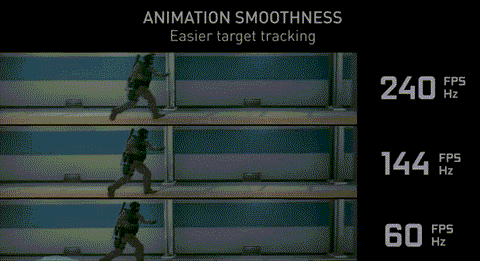
60Hz Monitors
60 Hz monitors are currently the mainstream in the market, and most manufacturers have adopted 60 Hz as the basic parameter of ordinary monitors. For general office or web browsing needs, 60 Hz can already meet most of the needs, and there is no need to deliberately choose a monitor with a high refresh rate.
But for games, the current mainstream monitor configuration is still 1080P with 60 Hz. For most games, 60 Hz can also meet most of the needs, unless it is a first-person shooting game or an action fighting game. The higher, the clearer and smoother the frame display of the picture, the better the game results can be obtained. For the human eye, 20-30FPS: basically smooth, 30-60FPS: smooth, 60+FPS: very smooth. Based on this conclusion, many players can't feel the difference between 144Hz and 60Hz, because the refresh rate of 60Hz can guarantee the frame rate of the screen to reach 60FPS, reaching a very smooth level.

Considering the cost issue, a 60 Hz monitor is a better choice. Office monitors have no special requirements for the refresh rate. For games, a 60 Hz monitor can already meet the needs of most games. Instead of increasing the refresh rate of the monitor If you want a better game experience, you can consider increasing the resolution of the monitor, the picture quality will be clearer, and the colors will be richer.
120Hz Monitors
When we talk about 120 Hz monitors, it's more about comparing 120 Hz to 60 Hz monitors. For ordinary office work, the 120 Hz monitor has little effect compared with the 60 Hz monitor, and the picture is relatively smooth.
For gamers, this will be a very big improvement. The 120 Hz monitor is not only an improvement in picture quality and fluency but also an extraordinary gaming experience. For a simple example, if the game is 60Hz, the first frame is at 0 milliseconds, and the second frame is at 16.6 milliseconds.
You perform an operation at 1 millisecond, and for the game, the actual effect of this operation does not take effect until 16.6 milliseconds. That is to say, it actually took 15.6 milliseconds from your operation to produce the effect. But what if your game itself runs at 120Hz and the monitor runs at 60Hz? Then the game generates the second frame at 8.3 milliseconds. Although this frame is not actually displayed, it has produced an effect from the logic of the game. We saw the rendering of the third frame at 16.6 milliseconds, but at this time your move has already been played at the frame of 8.3 milliseconds. That is to say, although the display is also unchanged at 60Hz, a 120Hz game may allow you to play your moves at 8.3 milliseconds, while a 60Hz game may take 16.6 milliseconds to play your moves. Although you can only see the display refresh at 16.6 milliseconds, the game logic has already settled the action of this move at 8.3 milliseconds, and your move is half a frame earlier. At this time, if your monitor is a 120Hz monitor that is synchronized with the game, then we will be able to see the current operation in 8.3 milliseconds, which leads to a greatly increased streaming of the game screen.

Likewise, for a first-person shooter game, going from a 60Hz monitor to a 120Hz monitor is a huge jump. Compared with the 60 Hz monitor, the overall effect of the 120 Hz monitor is greatly improved, which will improve the gaming experience to a better level. At the same time, compared with 144 Hz monitors, 120 Hz monitors are cheaper, so 120 Hz monitors will be the cost-effective choice.
144Hz Monitors
A 144 Hz monitor refreshes an image in about 7 milliseconds. Compared with 16 milliseconds at 60 Hz, the image is undoubtedly greatly improved, so the overall quality improvement can be seen with the naked eye, while at 120 Hz it takes 8 milliseconds, so the 120 Hertz monitors and 144 Hertz monitors don't make a huge difference.

If you're a gamer, a 120Hz monitor should be more than enough for most, even first-person shooters game. A 144 Hz monitor is not a big improvement over a 120 Hz monitor, but if you are using a 60 Hz monitor and want a better gaming experience, we recommend you step up to a 120 Hz or 144 Hz monitor. With a 120Hz monitor, you might be able to save some money.
Is a Higher Refresh Rate Better?
The answer is not necessarily.It depends on many factors. The first is the cost issue. As we said before, a 60 Hz monitor is more expensive than a 120 Hz monitor and a 144 Hz monitor. If you have a 120 Hz monitor, then replace it with a 144 Hz monitor. The overall improvement is not big but the price is more expensive.
This also needs to match your other configuration, such as a graphics card or GPU. If your graphics card can reach an output frame rate of 120 Hz, and your monitor only has a refresh rate of 60 Hz, the extra frame rate is not meaningless, but the fact is, the extra frame rate is also of great help! why?
In more cases, if the game screen is also 60 fps on a 60hz monitor, the actual display effect will often be less than 60 fps. Because the time interval of each frame of the rendering output of the graphics card is difficult to maintain uniformity. Such as a 60Hz monitor, even if your game reaches the 60-frame standard, it does not mean that the frame generation time is stable enough. If the number of frames (FPS value) brought by the performance of the graphics card is higher, the actual number of frames output to the monitor screen will be more stable, and the extra frames can better reduce input delay and output delay and bring better image quality output, smoother response.
However, one thing to note is that the frame rate of the game cannot be significantly higher than the refresh rate of the monitor, otherwise, the effect will be counterproductive. It will lead to frame skipping, screen tearing, and even yourself feeling headache and dizziness.
Conclusion
What is hertz on a monitor?Hertz refers to the unit of the refresh rate of the display. Generally, the common refresh rates are 60 Hz, 120 Hz, and 144 Hz. However, the higher the refresh rate is not the better, it needs to be considered based on various factors, but a higher refresh rate often brings better gaming experience and smoother picture quality and images.





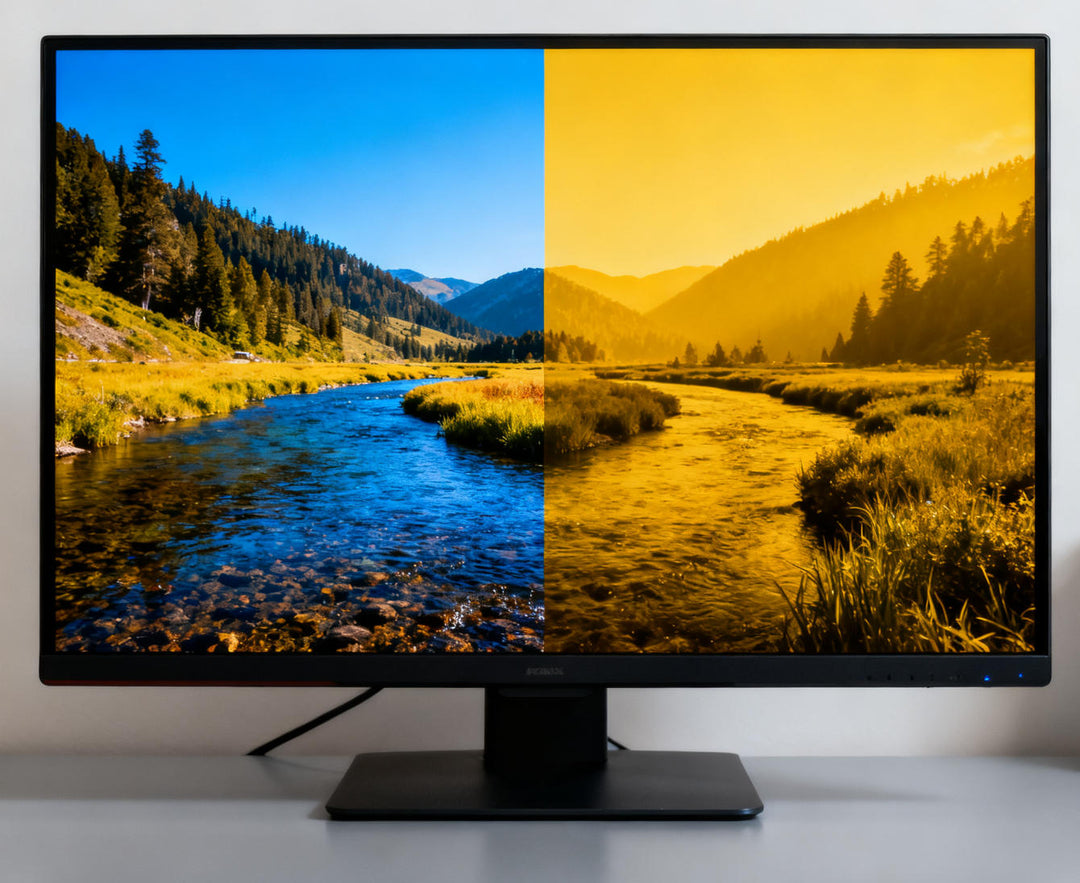
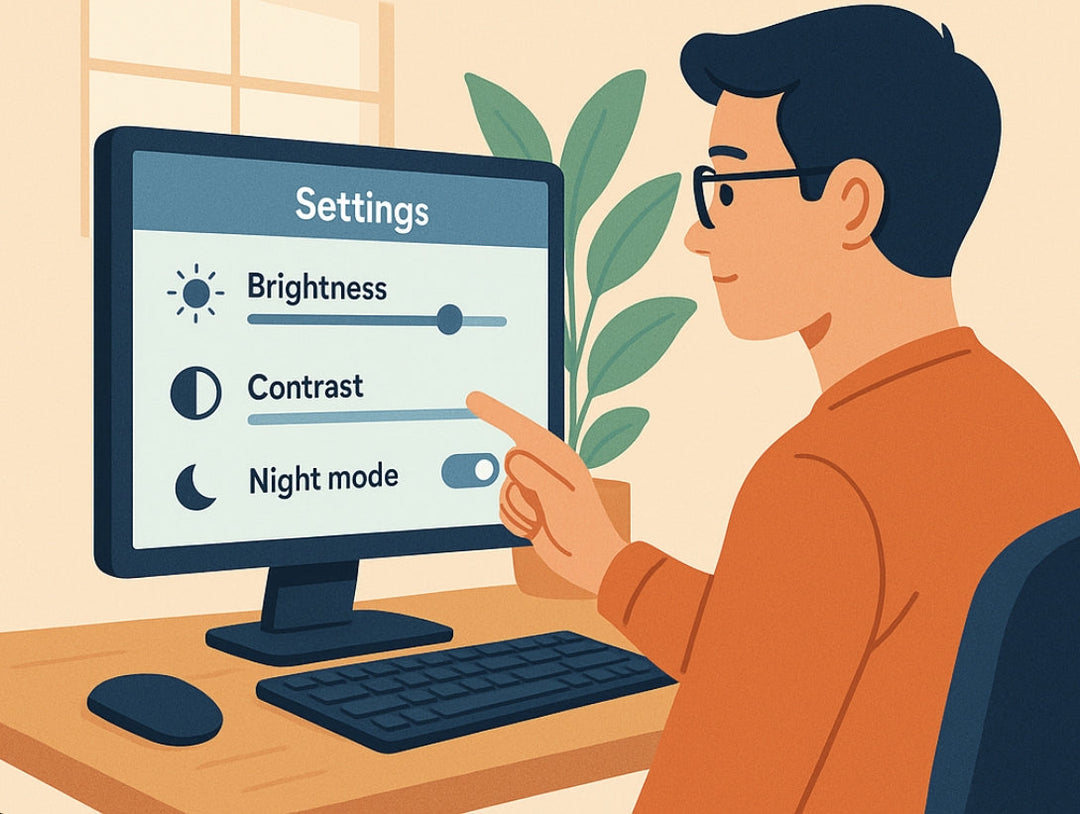
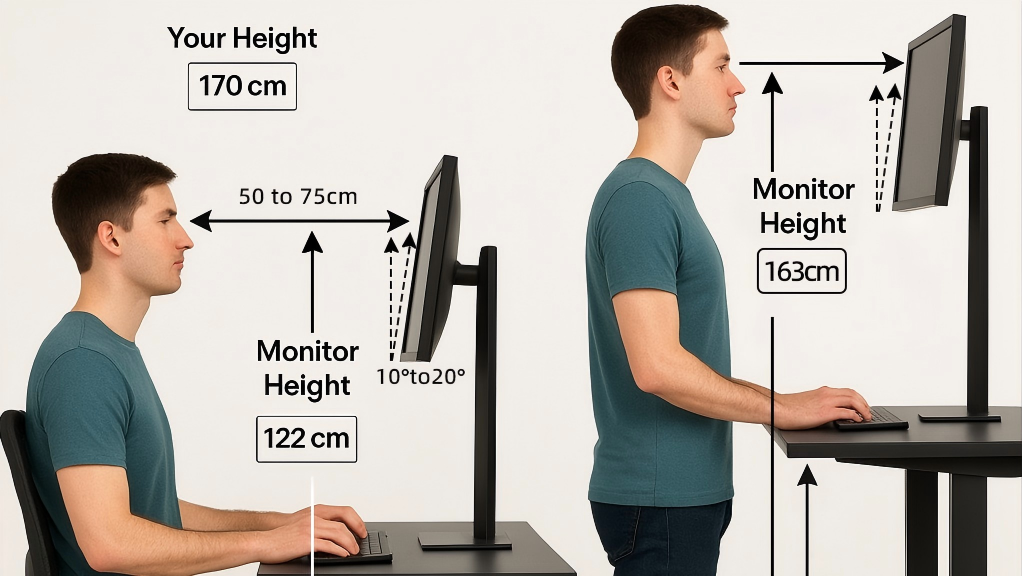
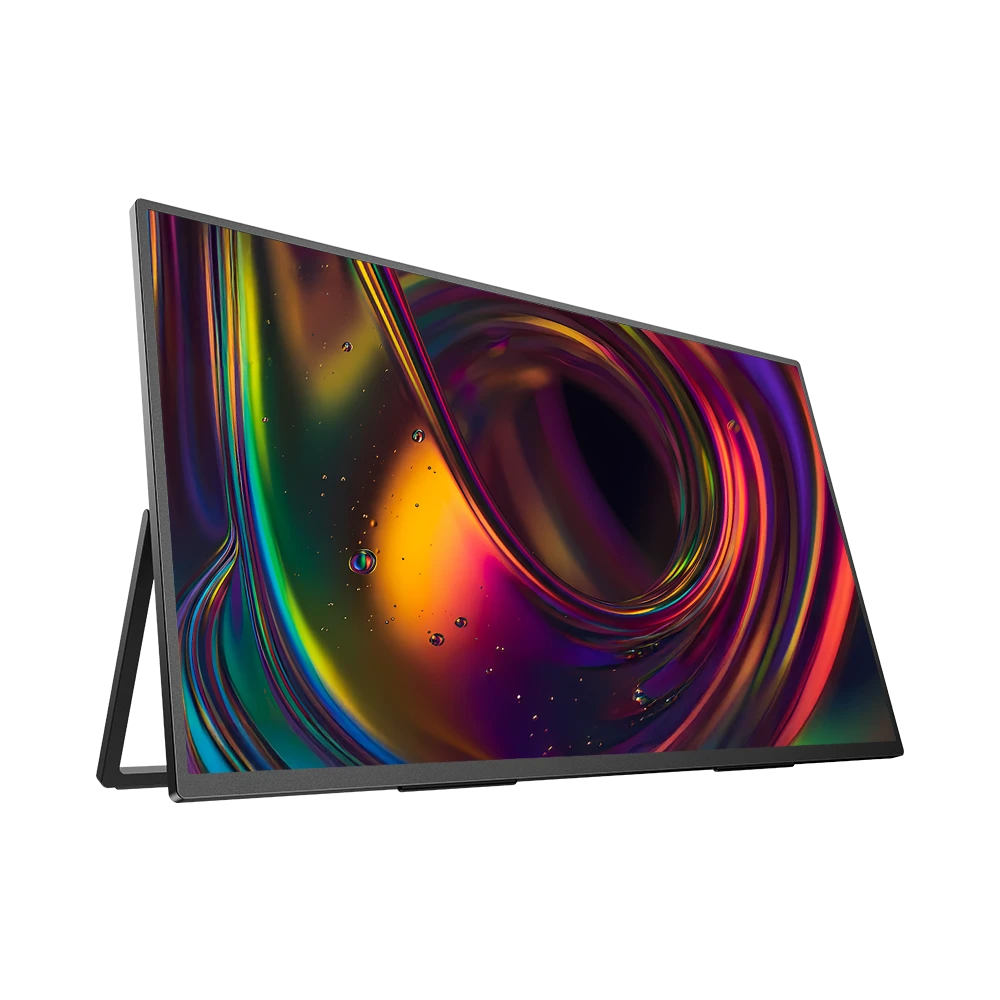
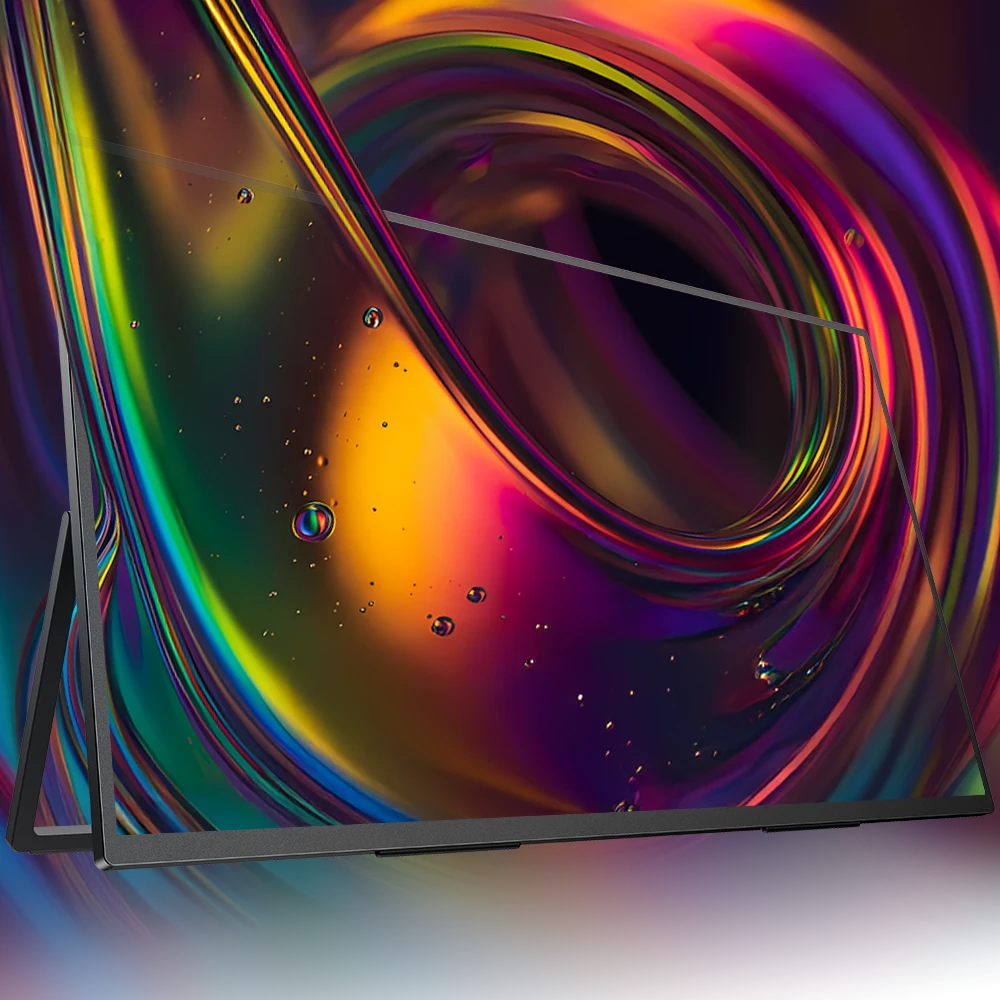
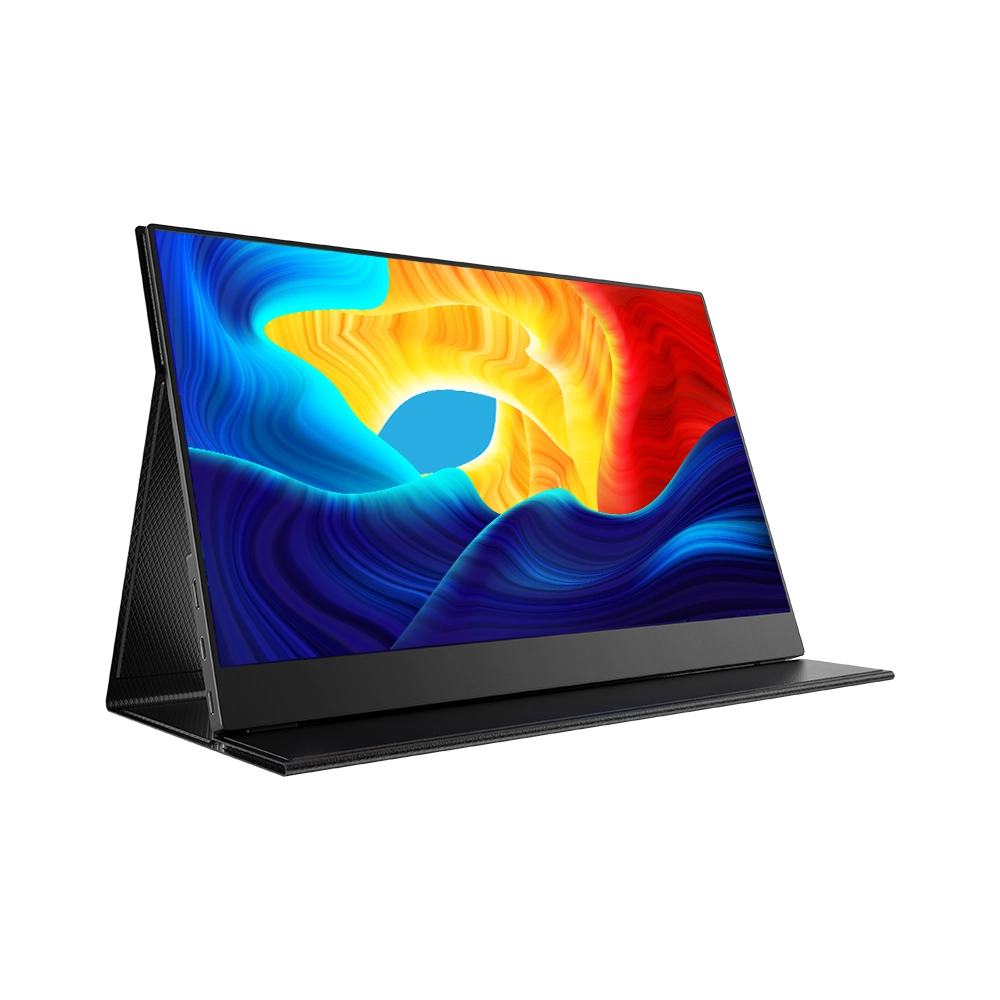
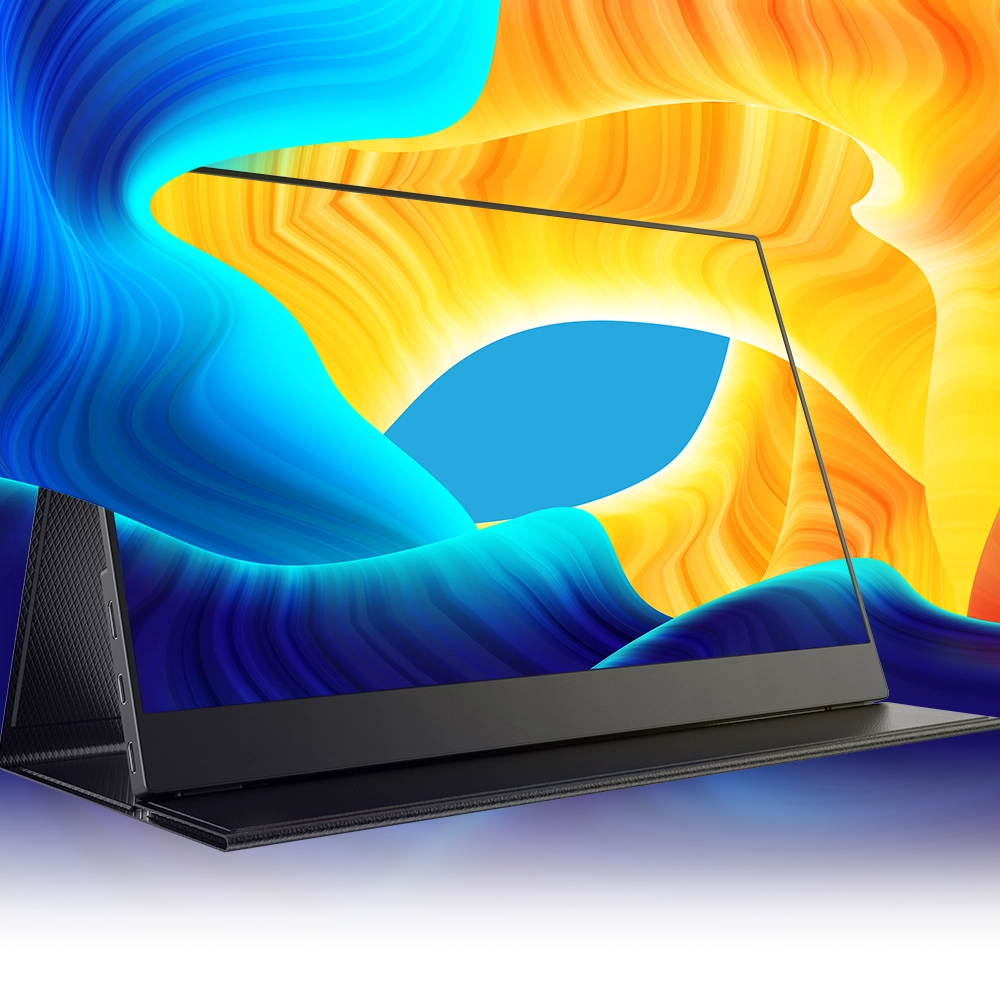
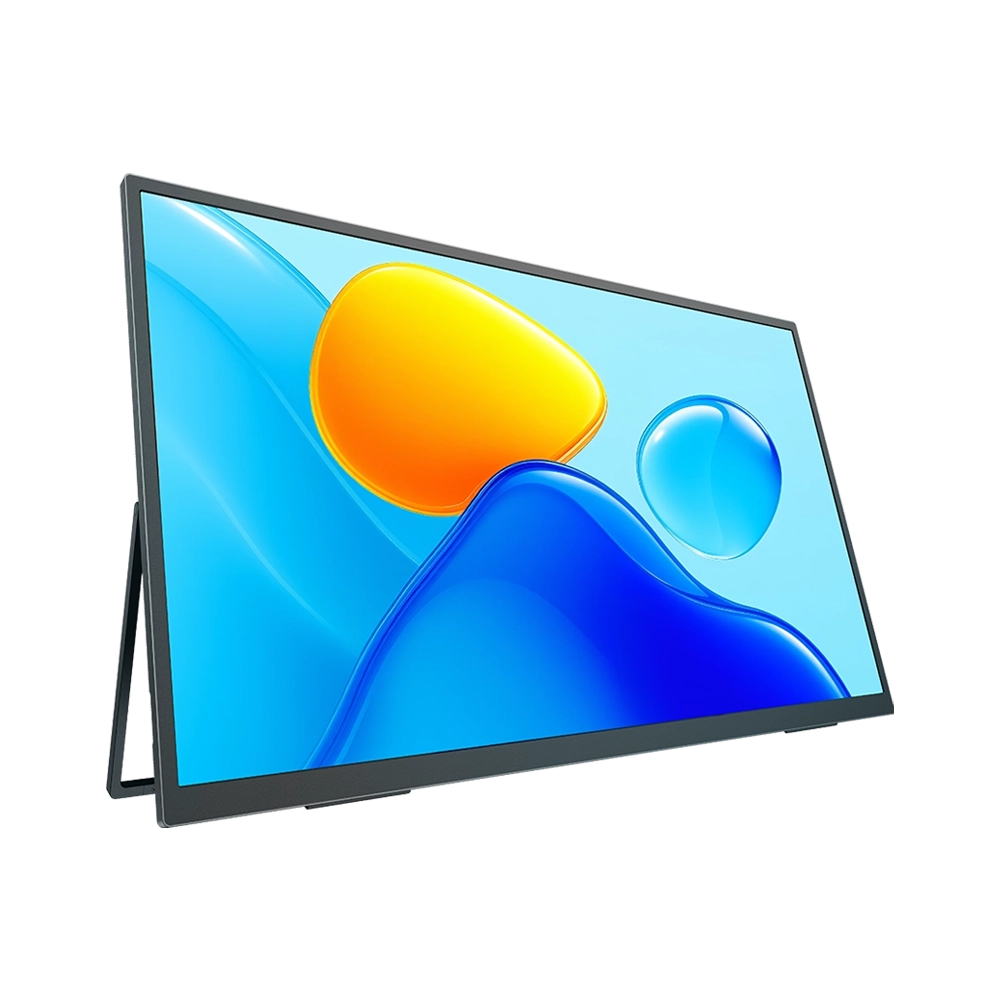
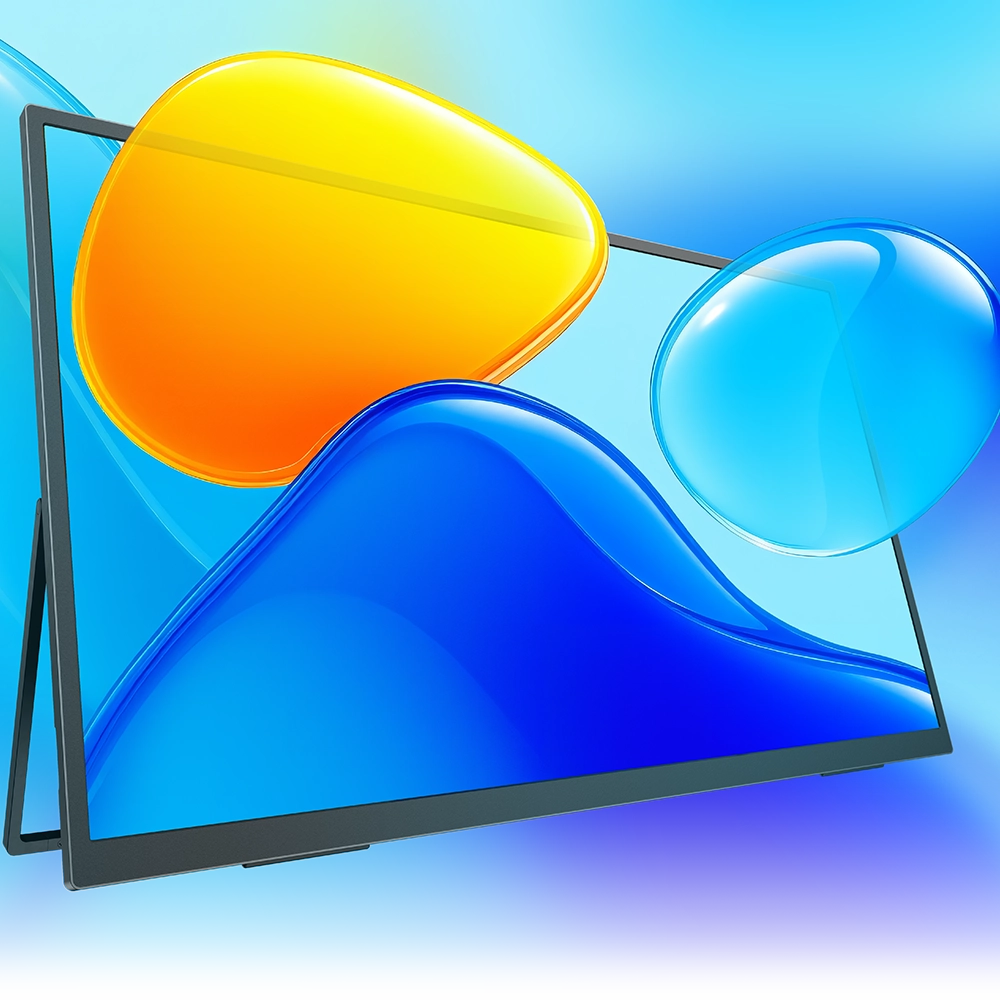
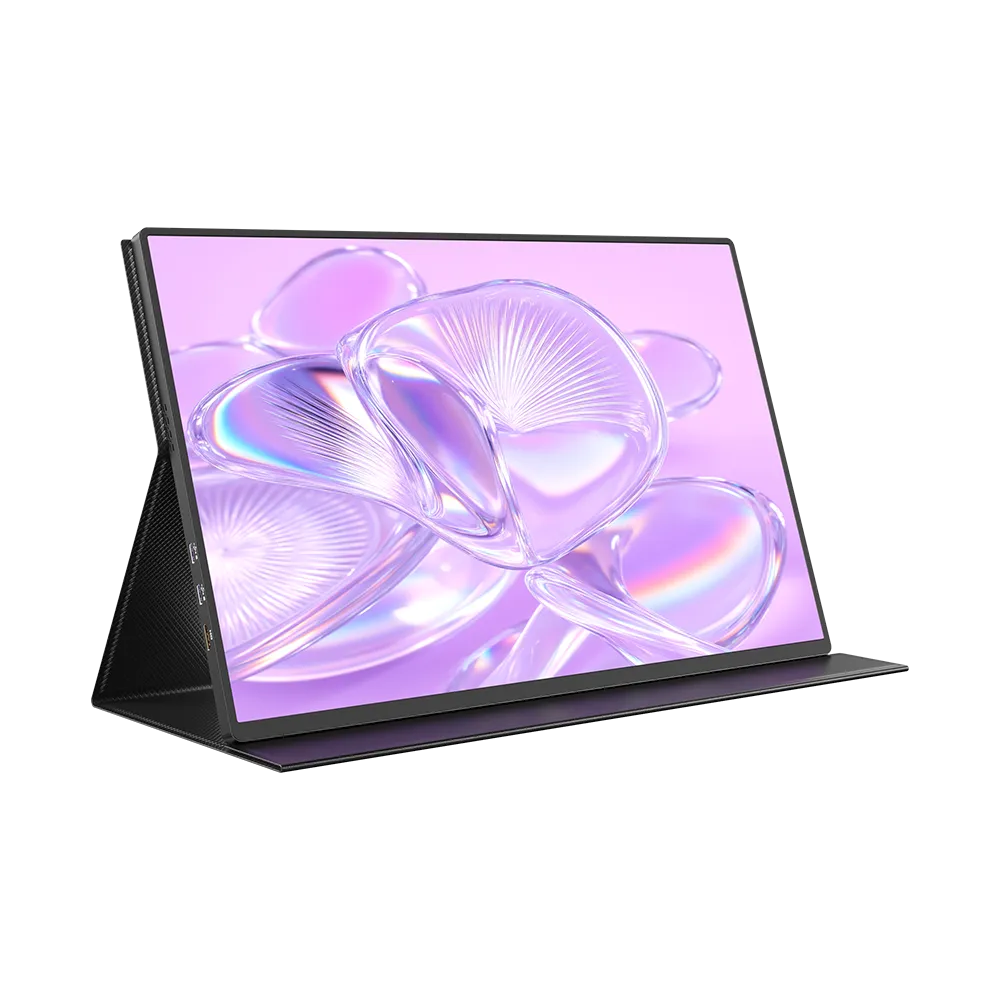
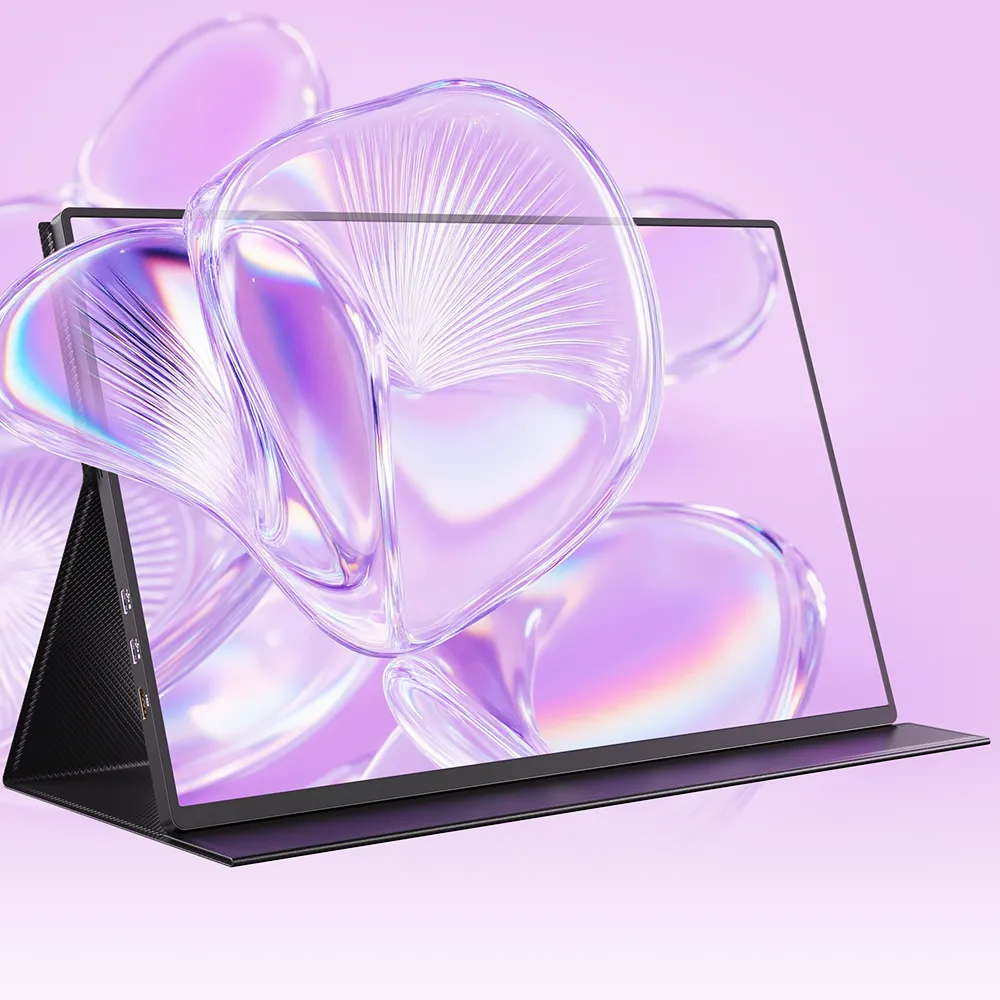

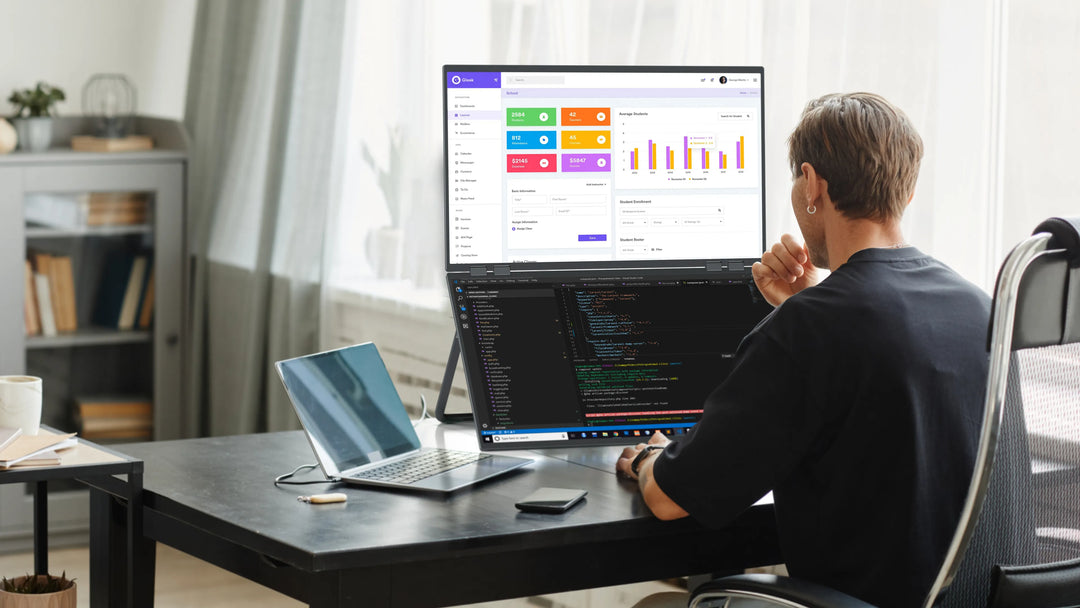

Leave a comment